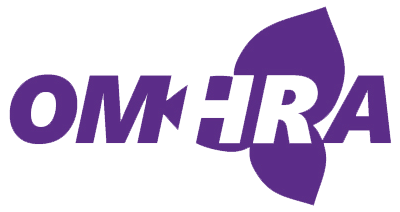
Change can be divisive so spending time cultivating the team culture through change is important.
1. Set a common purpose: Overcome division by reminding everyone of the common purpose they are all working together to achieve. Municipalities have an advantage over other organizations in being able to communicate a clear public service purpose to rally team members behind.
2. Develop a team charter: Employees are more likely to comply with standards of respectful behaviour they help develop than ones that are imposed from above. Facilitate the team’s adoption of their own charter of respectful conduct to maintain a positive culture.
3. Communication and conflict training and procedures: Training employees on how to have challenging conversations effectively and resolve their own conflicts can empower them to promote positive workplace cultures, as conflicts are most easily resolved at ground level before they have a chance to escalate. Clearly understood conflict resolution procedures can also help employees resolve conflicts without unnecessary escalation.
4. Identify respect ambassadors: Respected peers who commit to role-modelling positive behaviour and intervening as bystanders in disrespectful behaviour can help encourage other employees to follow suit.
5. Practice appreciative inquiry: In promoting change, don’t just look at gaps that need filling. Look at what’s working well in the team, and find ways to build on those strengths in achieving the necessary change. And put the focus on what went right instead of wrong.
6. Address miscommunications early: Negative assumptions can abound in periods of change, and left unchecked, they can escalate, fuelling division and mistrust. Address any misunderstandings as early as possible, with openness and transparency, before rumours can get out of hand.
7. Recognition and reward: Change can make people feel undervalued and that their experience has become obsolete. Show employees how much you value their contributions through clear and genuine recognition. Reward adaptability and positive contributions to the team dynamics as much as you reward technical output.
8. Address structural concerns: Sometimes, what feels like a team dynamics or workplace culture issue is really an infrastructure issue. Many conflicts stem from disputes over what work falls within what role, so clarifying policies and providing role clarity can resolve these and is especially critical when roles are being restructured and modified. Other conflicts that at first glance seem interpersonal can actually be addressed through changes to the office’s physical layout (e.g., separating people in conflict or ensuring everyone has enough space to work without distractions) or technological solutions.
These strategies can help you address the team dynamics challenges that go along with organizational change to sustain a positive, respectful and productive workplace culture even in the midst of life’s only constant.
Presented by

Archives
Categories
- Attraction and Recruitment
- Benefits
- Celebrating Success and Recognition
- Change Management
- Coaching and Conflict Resolution
- Culture
- Diversity, Equity and Inclusion
- Emotional Intelligence
- Employee Engagement
- Employee Performance
- Labour Disruption
- Mentoring
- OMHRA activities
- OMHRA Events
- Psychological health and safety of the HR professional
- Recruitment
- Recruitment and Retention
- Retention
- Uncategorized
- Unique ideas for recruiting in a tight job market
- Wellness
Recent Posts
- How Leadership Development Coaching Provides Better Outcomes
- Better Leadership: Focus on a Coach Approach
- Creating a Psychologically Safe Workplace
- Group Health Insurance – The Impact of Preferred Pharmacy Networks on Employees’ Mental Health
- Provide Real Support For Your Mid-Career Team’s Psychological Resilience

